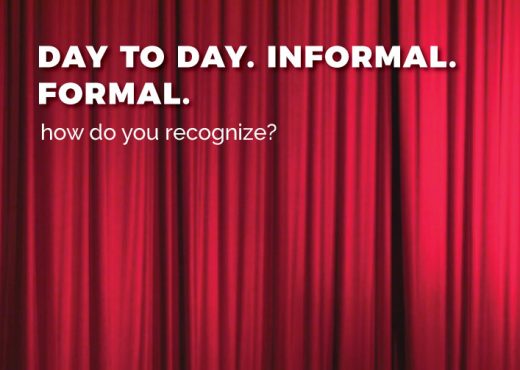Peer-to-Peer Recognition is a form of recognition that occurs between employees; it does not come from the top-down. It occurs when one employee sees another employee do something to support the organizational goals, direction, or culture, and compliments this person. This type of recognition is effective because it builds a sense of togetherness among employees.
When your employees start to recognize each other for working in a way that reflects the corporate values you know that your employees are living out the corporate culture and taking it to heart. This alone is a positive sign and a milestone to commemorate!
 If you want to develop a program that is peer motivated and will build a stronger corporate culture, a peer-to-peer recognition program is just the thing! Examples of this type of recognition include:
If you want to develop a program that is peer motivated and will build a stronger corporate culture, a peer-to-peer recognition program is just the thing! Examples of this type of recognition include:
- An employee thank you program designed for employees to thank one another using a written thank you note or email template.
- A value champion program where employees nominate one another for exemplifying a corporate value; nominations accumulate and one employee is ultimately named the value leader or value champion.
- Peer-to-peer wellness programs reward pairs or groups of employees for working together to improve their overall health through physical activity, weight loss, or disease prevention.
However, in order to make a program like this work, you need to build a simple system of record-keeping and communication. The latest trend in peer-to-peer recognition is the use of social media. Some organizations are using social media as their central technical infrastructure for collecting nominations and for communicating with employees. The authors of the publication Social Recognition: Is the Latest Application of Social Media the Most Powerful Yet? make these observations about how social media helps organization with recognition:
Recognition from the boss is important but a true culture of recognition, one in which appreciation is frequent and meaningful, cannot be a top-down exercise alone…The fundamental advantage online social recognition brings to organizations – even those with formal recognition programs – is that appreciation and recognition becomes an ongoing, daily activity, driven predominantly by employees recognizing other employees (as opposed to an annual, formal evaluation driven by management). In this way, organizations stand a much better chance of building a culture of recognition and will do so relatively quickly.
If a peer-to-peer recognition program sounds like a good fit for your company, consider establishing a tracking method or social media application. Many systems already exist to manage such a program. Typically, you can customize these systems to fit your organization and culture appropriately.





No Comments